Part 2
Following on from part 1, I woke up before the sun and drove out to the closest beach to the hotel with the hope of getting some sunrise photos.

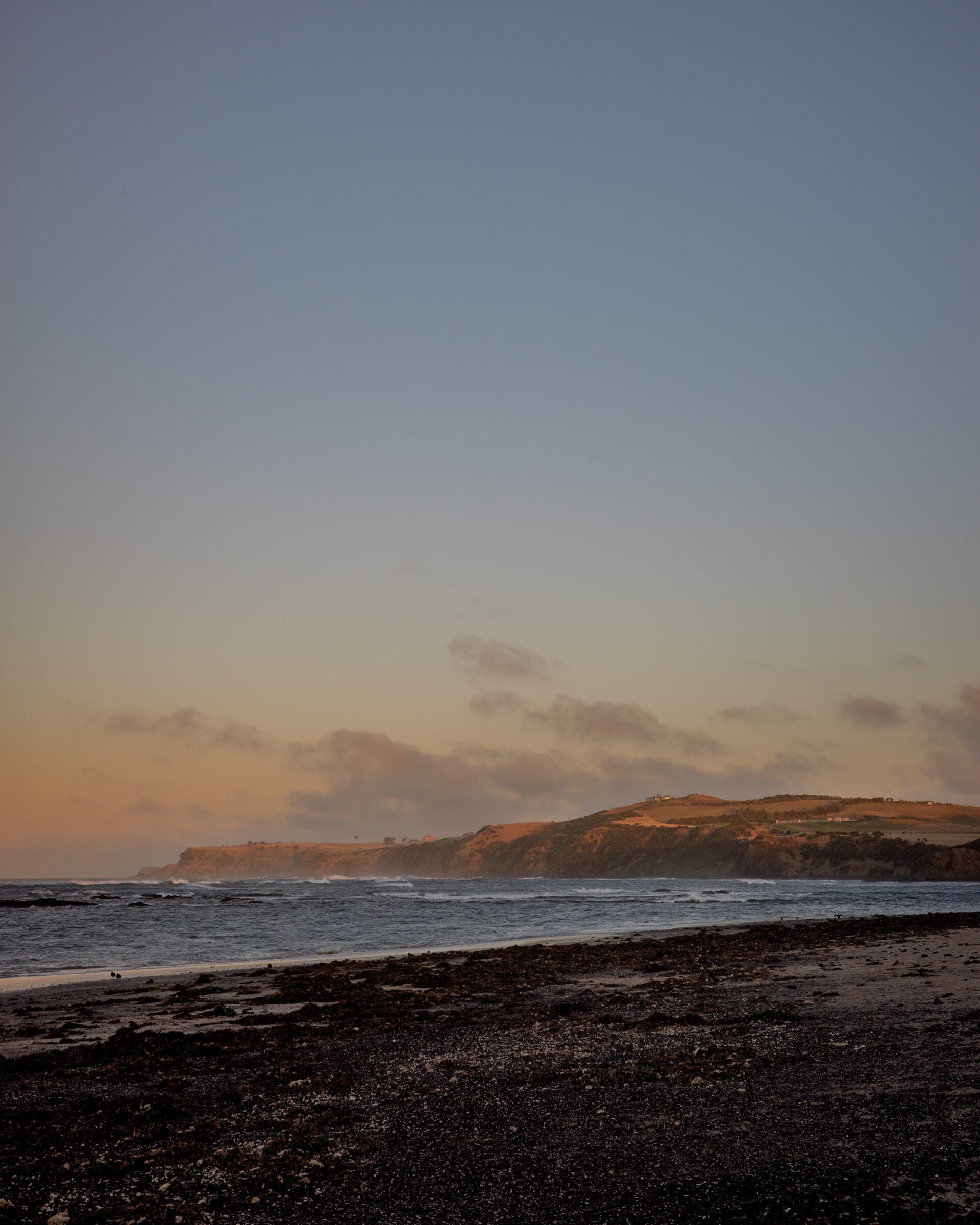

Part 2
Following on from part 1, I woke up before the sun and drove out to the closest beach to the hotel with the hope of getting some sunrise photos.


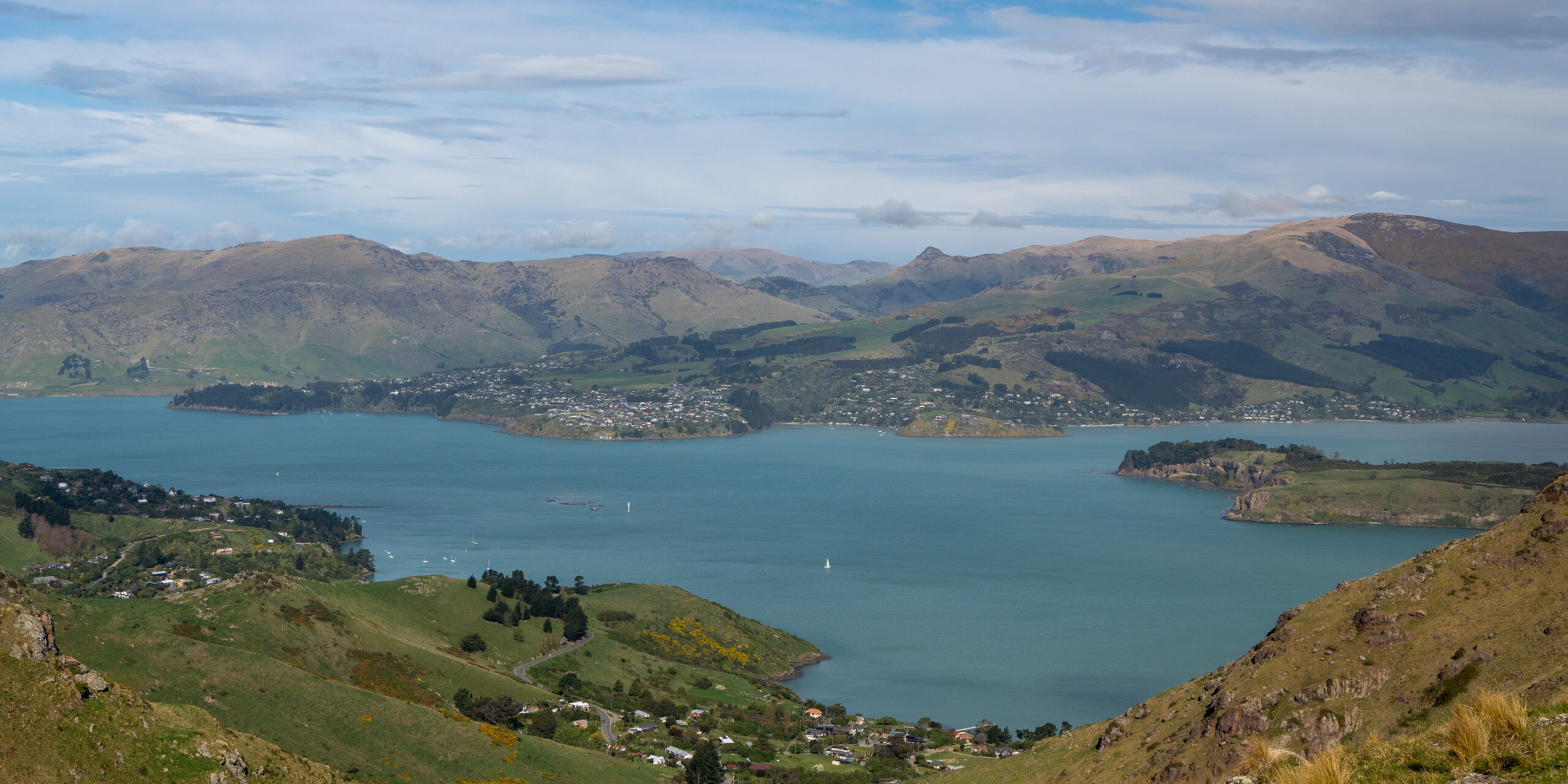
Have I finished my other posts from UK last year? No. Do I still have photos from Easter to get done? Yes. But, if I don’t start this now, will I ever start it? Unclear.
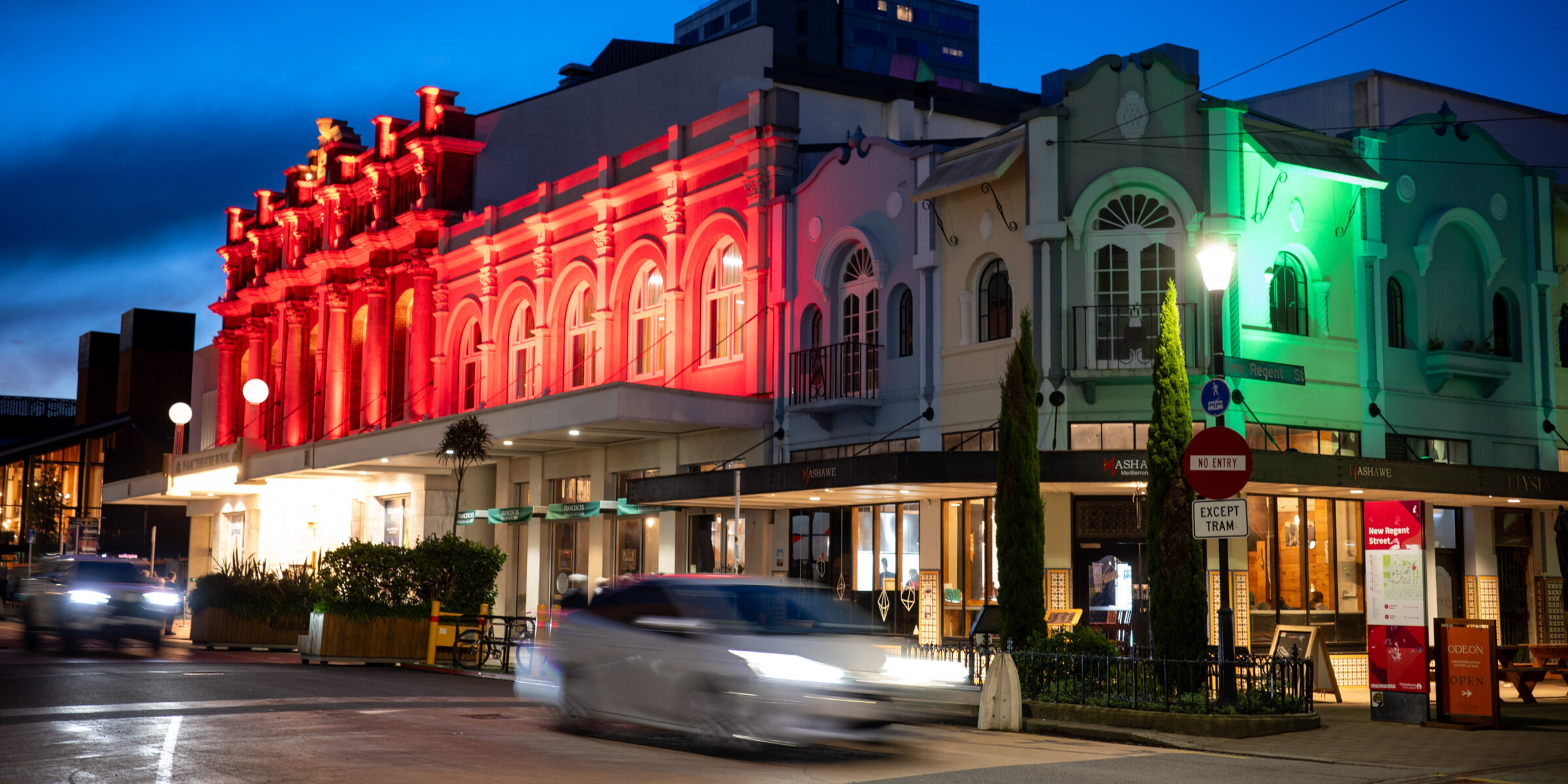
But what about the photos taken on film? Good question, maybe I’ll just draft this now and now publish it for a couple of months – after I process and scan the film.
(more…)
Part 1
Back near Easter I decided I wanted to go away for a few days with the explicit purpose of taking some photos. I had just finished my first roll of film in a long time and decided I wanted to shoot some more.
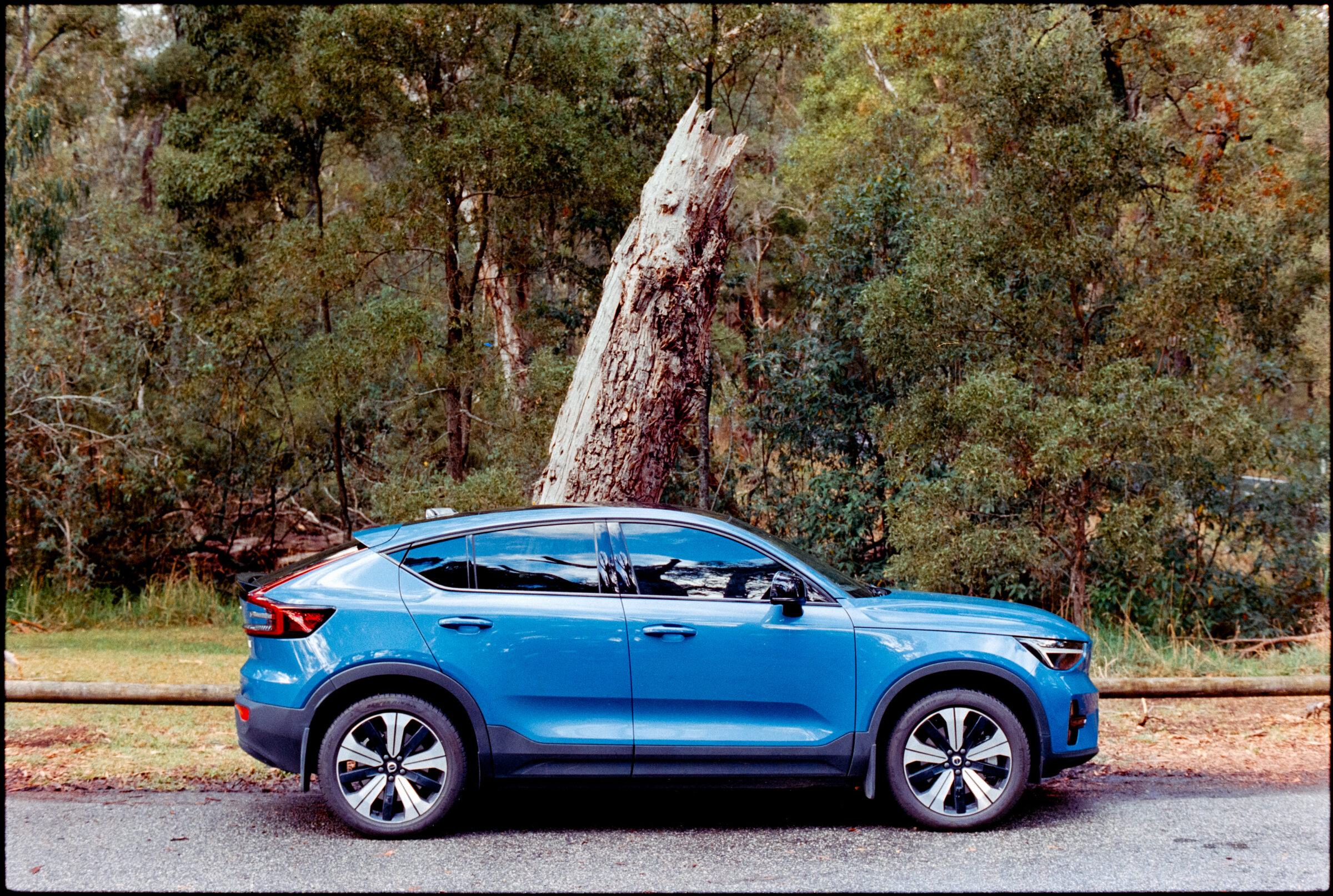
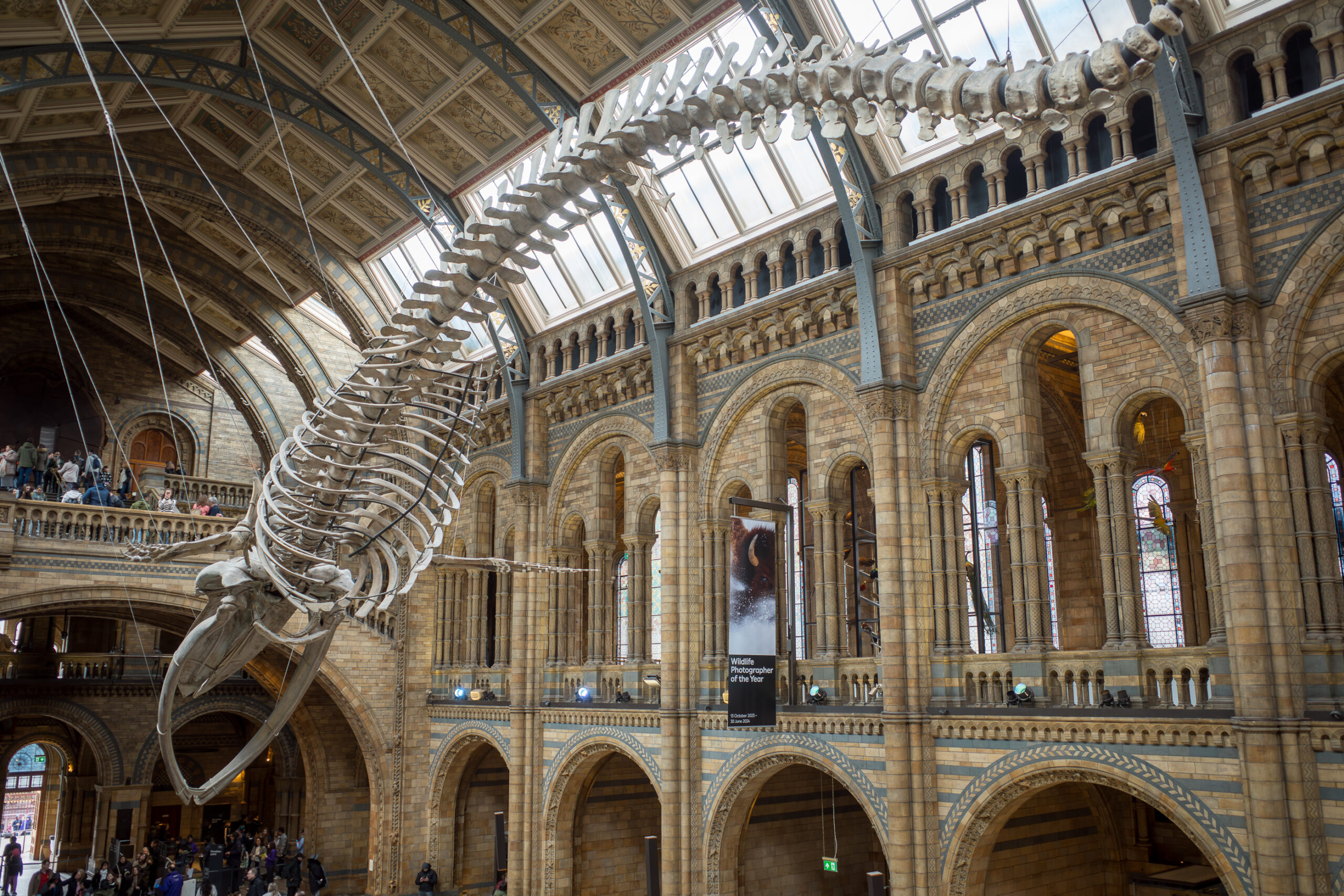
Along with visiting a few galleries in London, I also visited a few museums. Between the three of us we all had a tickets to different things on different days, with some crossover.
(more…)